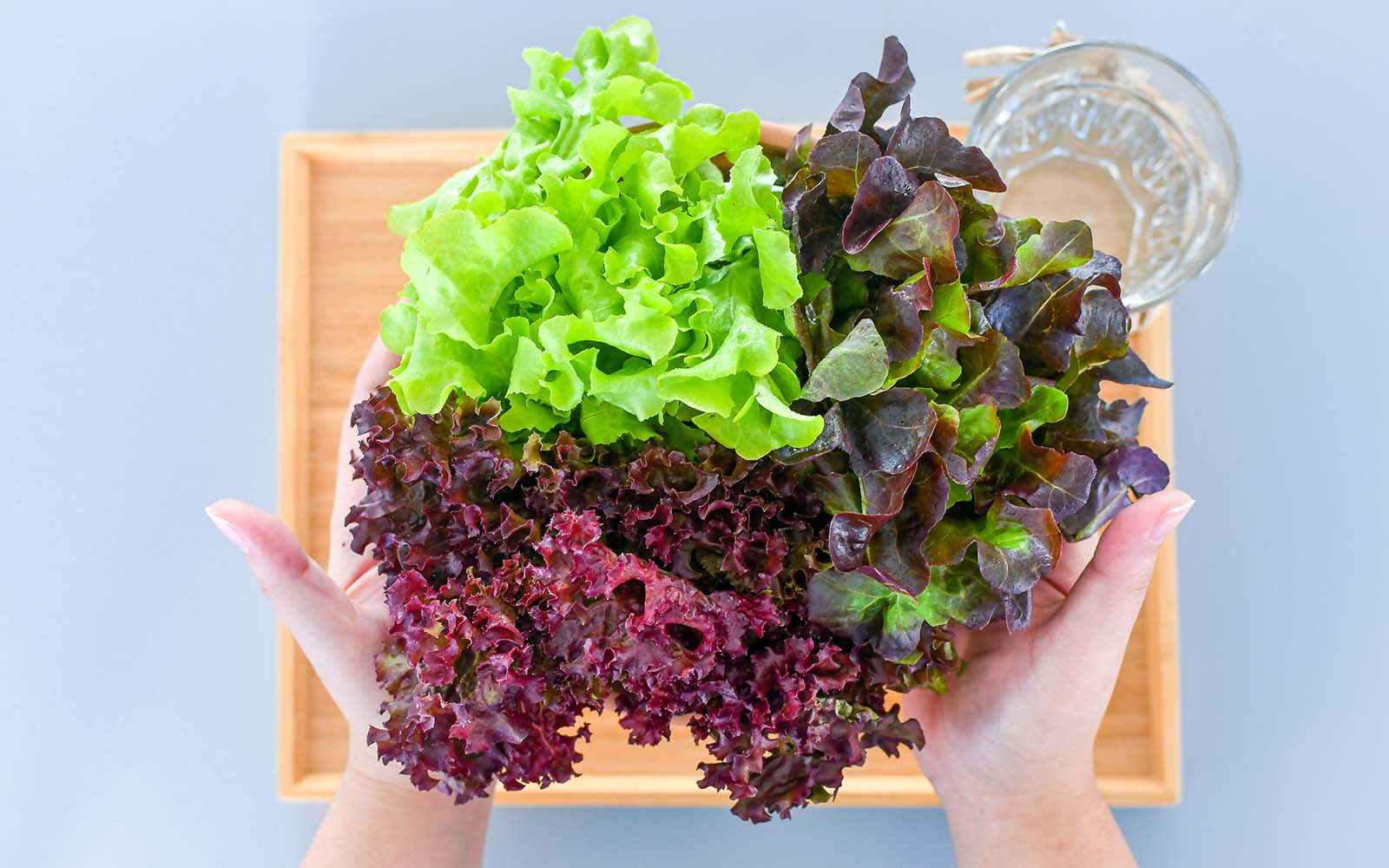
Among the freshly grown winter fruits and vegetables, the salad leaves are as beautiful as a girl's dress, and the flowers resemble roses. Not only can you enjoy them as salad leaves, but you can also incorporate them into various dishes like meat, burgers, sandwiches, and soups. Let's explore the diverse range of vegetables that can be enjoyed in different ways, either on their own or combined with others.
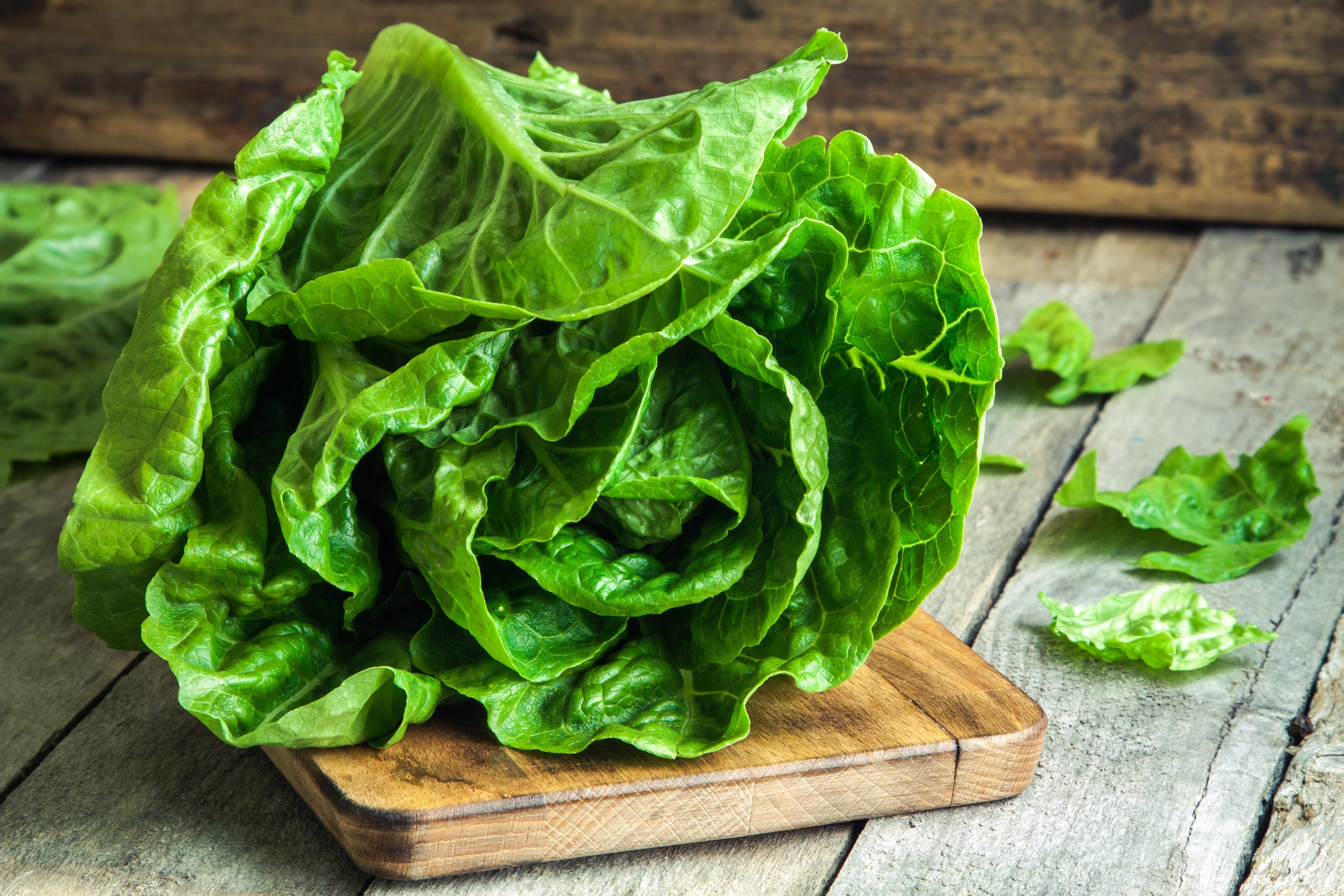
Butterhead Lettuce
This lettuce thrives in cold weather and can be grown annually in places like Taunggyi and other mountainous regions. With its cabbage-like appearance, it's soft and delicious, making it a popular choice. You can enjoy it raw, paired with meat, or as a nutritious salad. It's rich in vitamins A and D, promoting eye health, detoxification, and preventing muscle degeneration.

Frillice Lettuce
Commonly found in markets, frillice lettuce stands out due to its loose leaves that aren't tightly packed like cabbage. It's extensively cultivated in Myanmar, especially in cold regions like Taunggyi, Nyaung Shwe, Aung Pan, and throughout Shan State. The thick, twisted, and crunchy leaves can be enjoyed in various dishes, such as stir-fries and alongside rice and meat. It contains vitamin K, which aids in preventing blood clots, and is also a source of vitamin A, benefiting the nervous system.
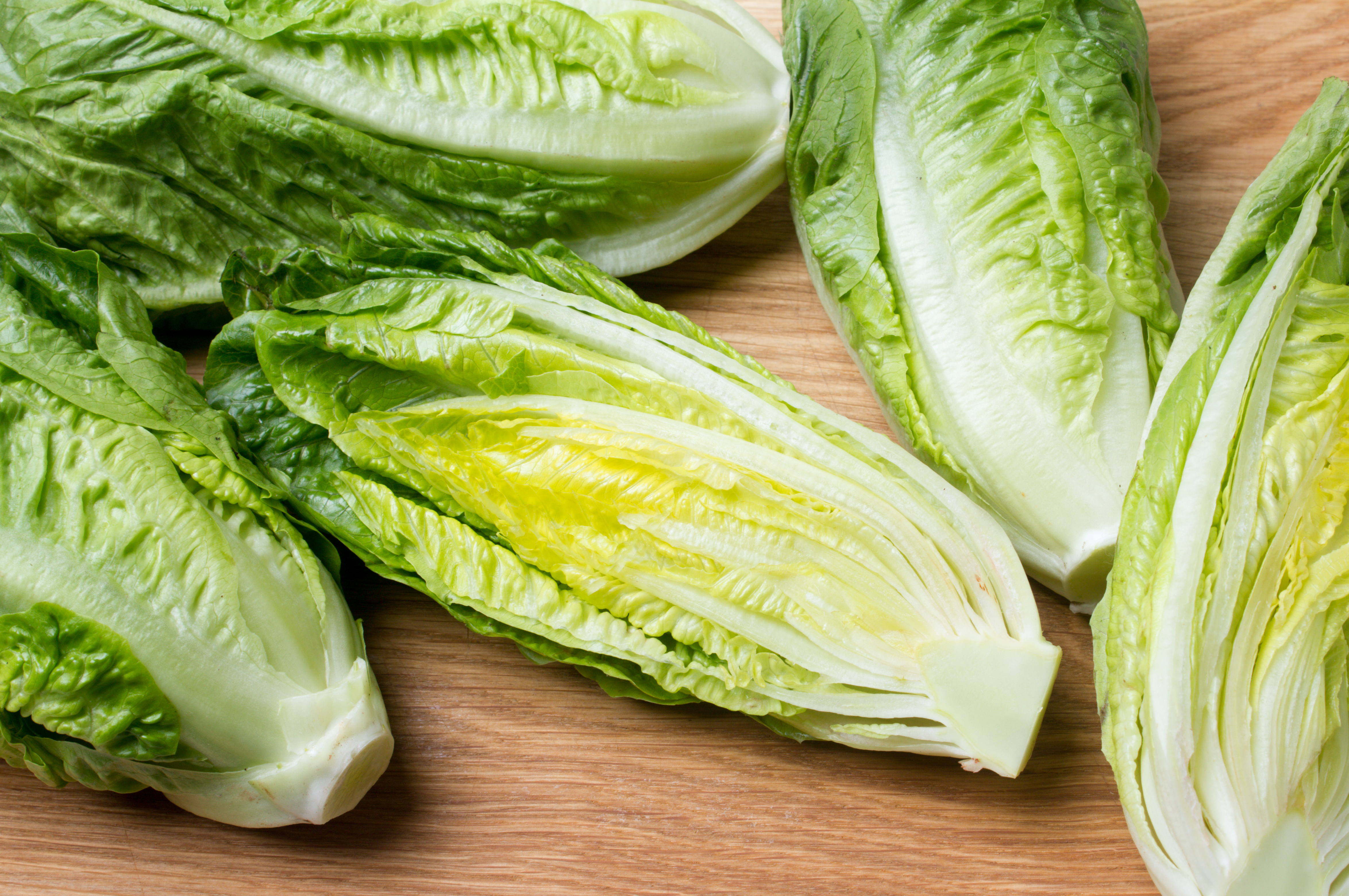
Cos Lettuce (Romaine)
This variety of Cos Lettuce, also known as Romaine, features thick leaves akin to mustard greens. It can be grown throughout the year in cool mountainous regions and thrives during the winter months. Cos Lettuce can be enjoyed both raw and in salads. It contains folic acid and potassium, which contribute to heart health and blood pressure regulation, as well as vitamin C, which strengthens bones and teeth.
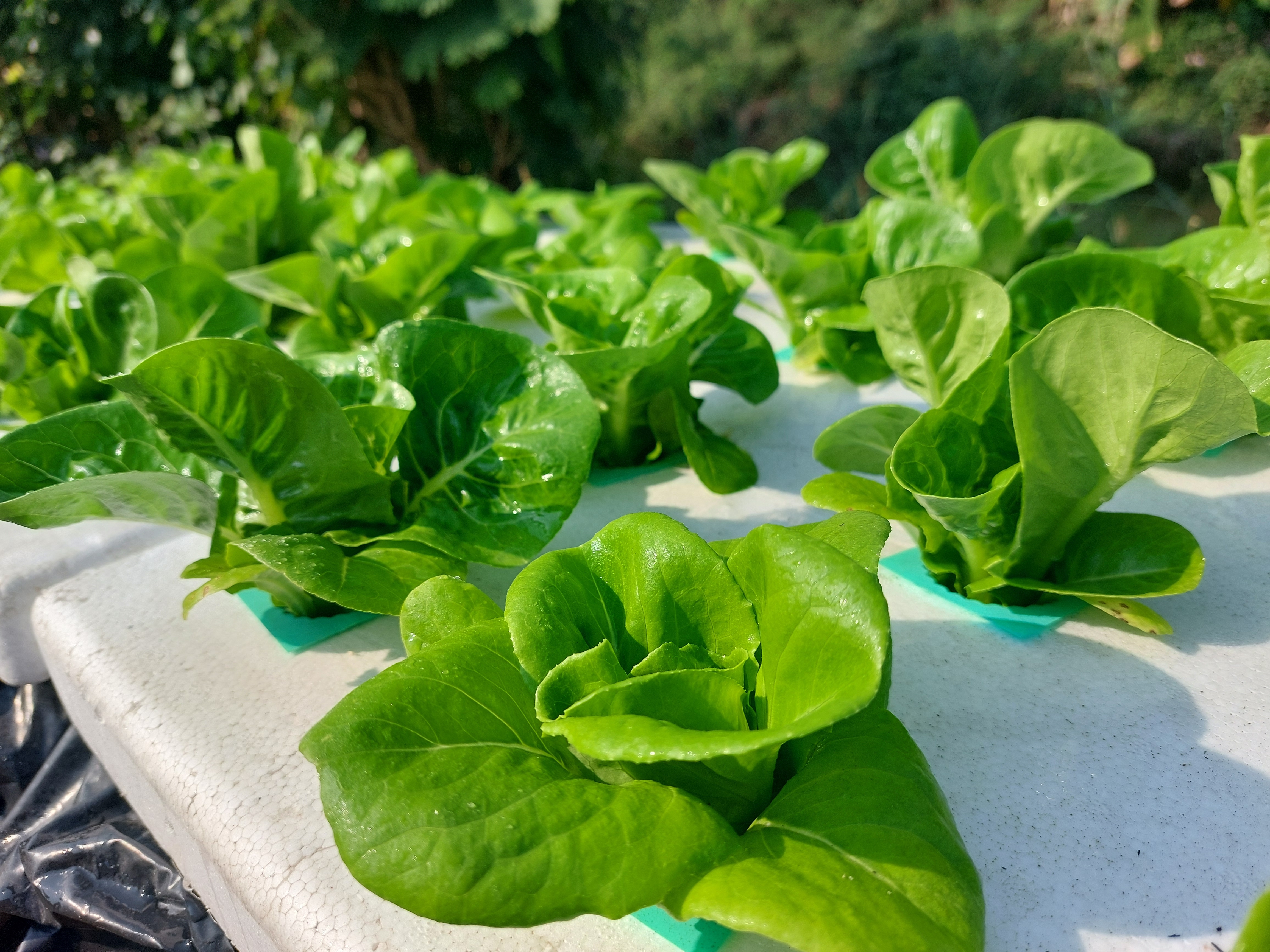
Mini Cos
Similar to Green Cos, the Mini Cos variety is also called Mini Cos. It flourishes during the cool season and is cultivated in Shan State, particularly in Taunggyi. Resembling mustard greens, it has a delicious taste and thick leaves, making it ideal for frying and soup preparations. With its high concentration of vitamin K, it aids in reducing blood clots, promoting wound healing, and supporting bone health.
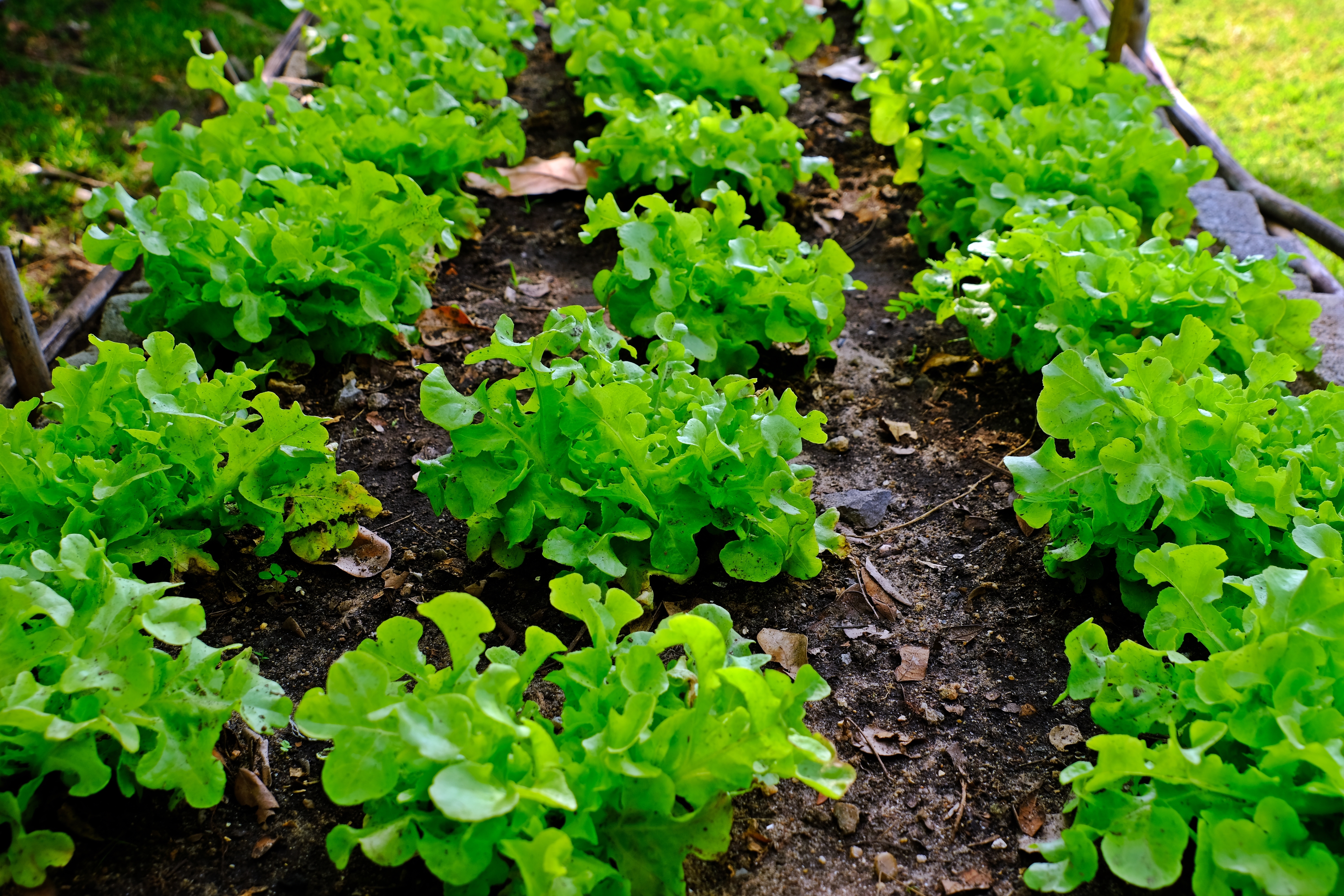
Green Oak Lettuce
Green oak lettuce is known for its juicy texture and slightly sweeter taste. It is cultivated year-round in cool mountainous regions, such as Taunggyi. Apart from enjoying it in salads or on its own, it can also be used to roll up meat, creating delicious meat and lettuce rolls. With its high fiber content, it promotes a healthy digestive system and helps reduce bad cholesterol levels. It is also rich in folic acid, which is particularly beneficial for pregnant women.

Red Oak Lettuce
Red oak lettuce stands out from other salads with its red and purple hues, adding a vibrant touch to dishes. It thrives in cool weather and regions. This slightly sweet and juicy lettuce can be enjoyed in various ways, similar to other green lettuces. It contains high concentrations of vitamins A and K, providing protection against heart disease and high blood pressure. Additionally, as it comprises up to 96 percent water, it helps maintain proper hydration. The reddish-brown components of red oak lettuce possess anti-inflammatory properties, making it an excellent choice for health-conscious individuals.

Iceberg Lettuce
Despite its small and tightly packed greenish-green appearance, Iceberg Lettuce is not a cabbage. It thrives in cool weather, allowing for annual cultivation in the provinces of Shan States. Juicy and sweet, Iceberg Lettuce is rich in vitamins A, K, and folic acid, which boost the immune system, protect against anemia, reduce cholesterol, and prevent heart disease. With its high water content of around 95%, it also promotes healthy skin. You can enjoy it as a salad with eggs or mayonnaise, pair it with grilled meat, or incorporate it into soups.
These leaves are predominantly grown in Shan State, and the cool winter season provides optimal conditions for their growth. To keep the lettuce fresh after purchase, it's advisable to store it at temperatures below 4°C. Despite being nutrient-rich with vitamins and minerals, lettuce is low in calories, making it popular among individuals seeking to maintain a healthy weight.
Interestingly, lettuce and sunflowers belong to the same family, known as the Asteraceae family, which encompasses a wide range of flower varieties.

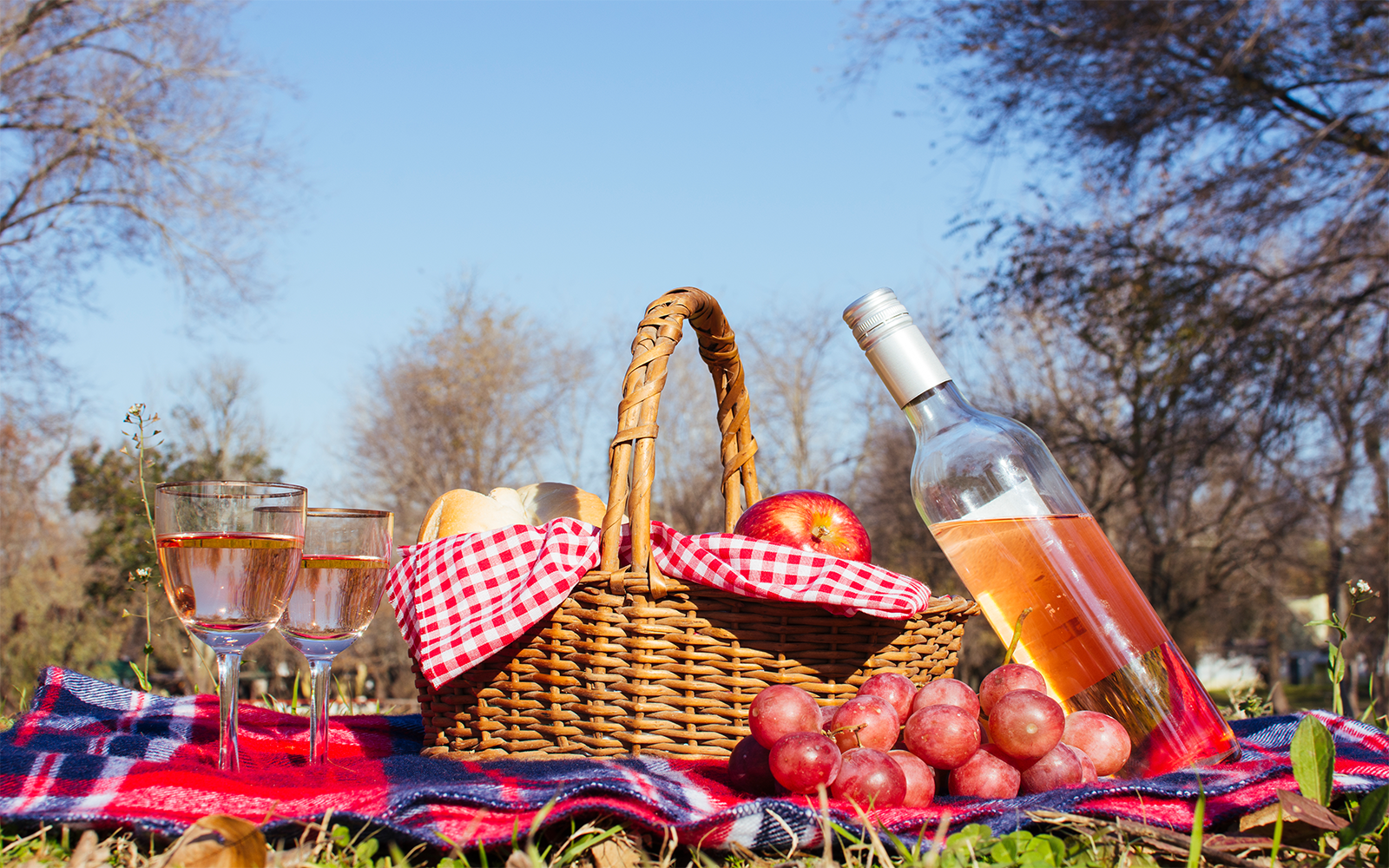


Comments